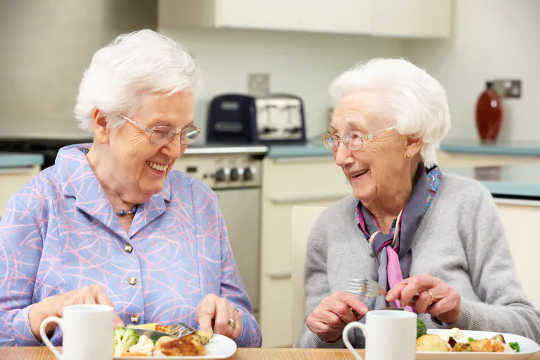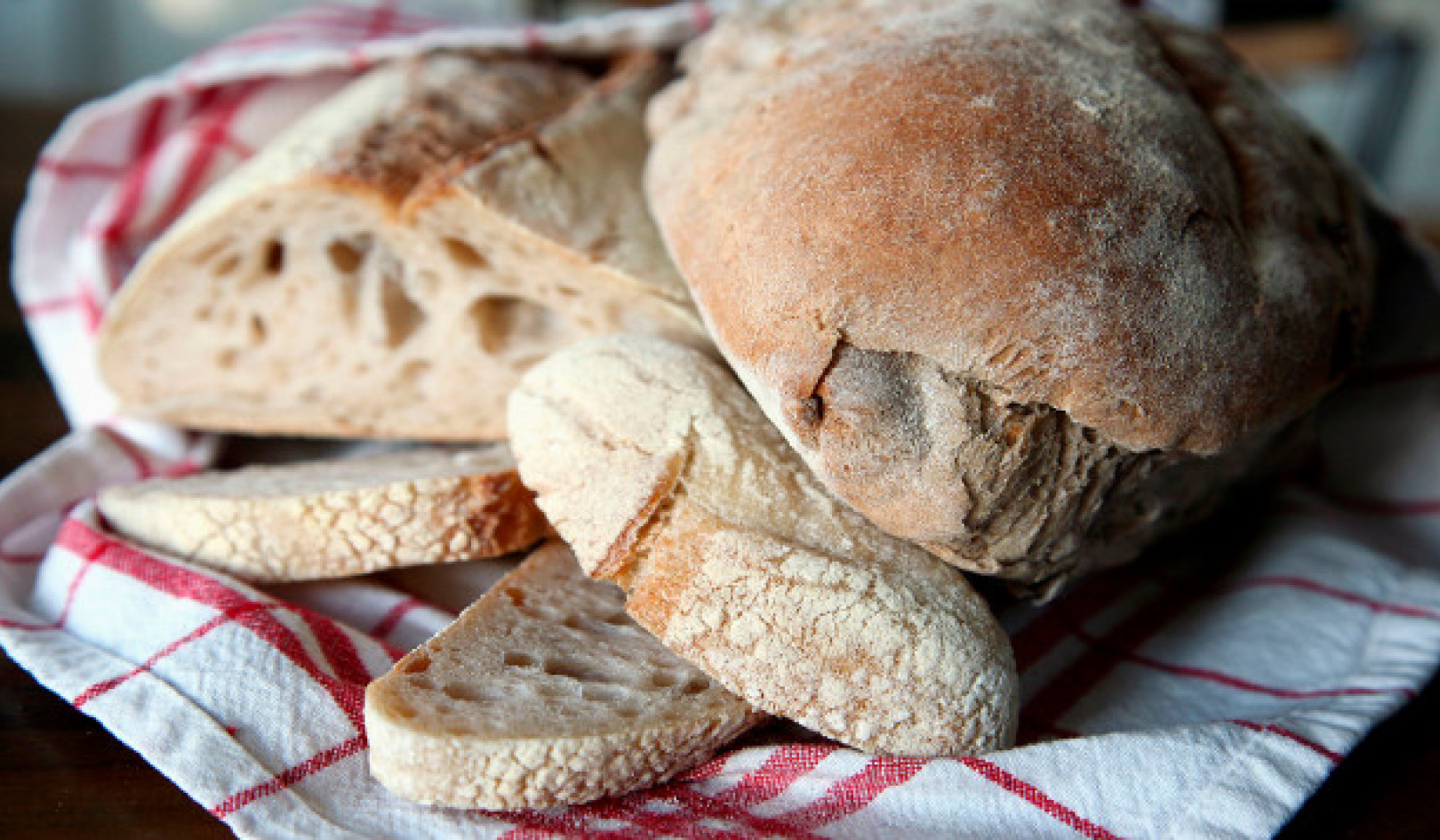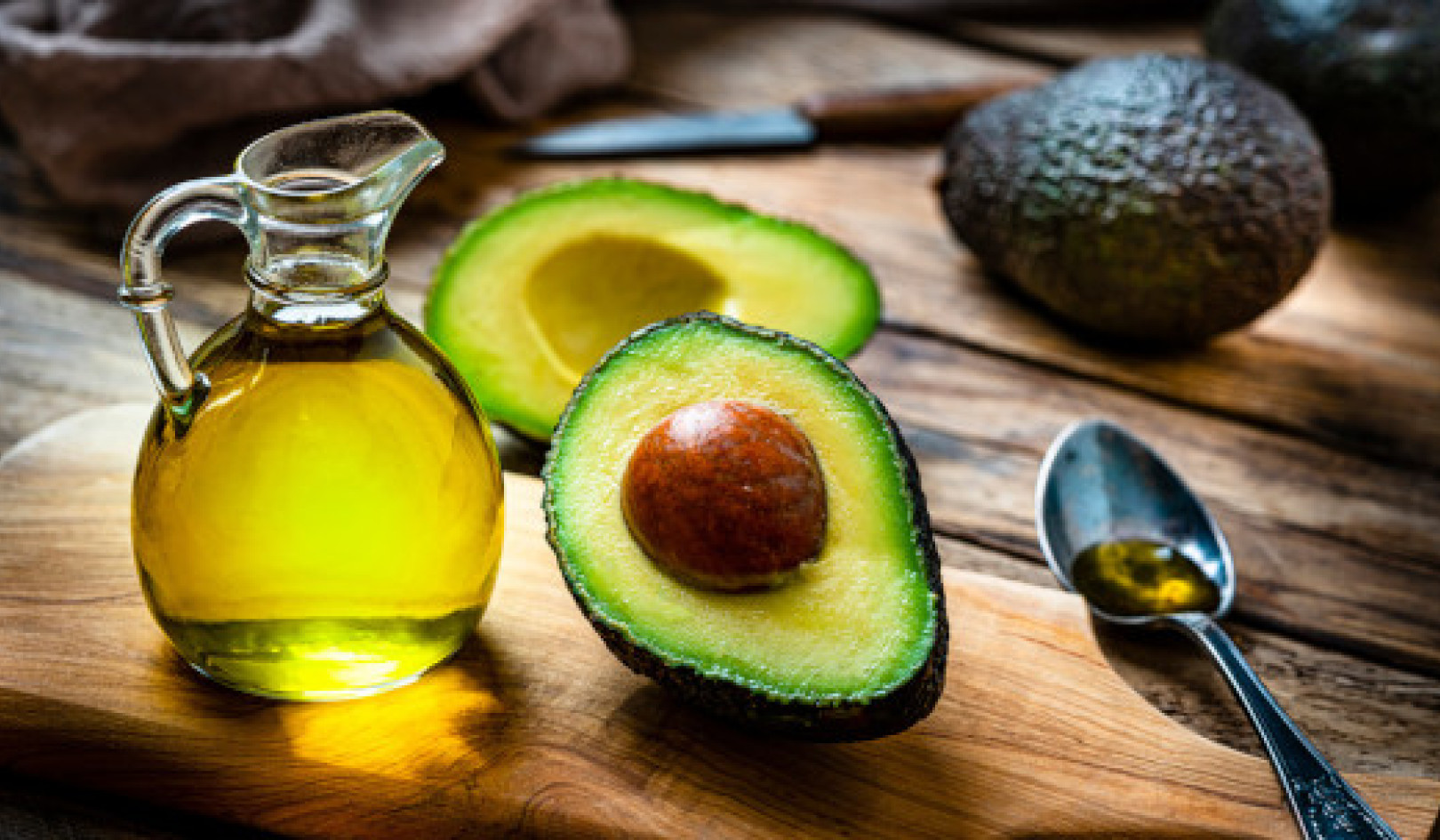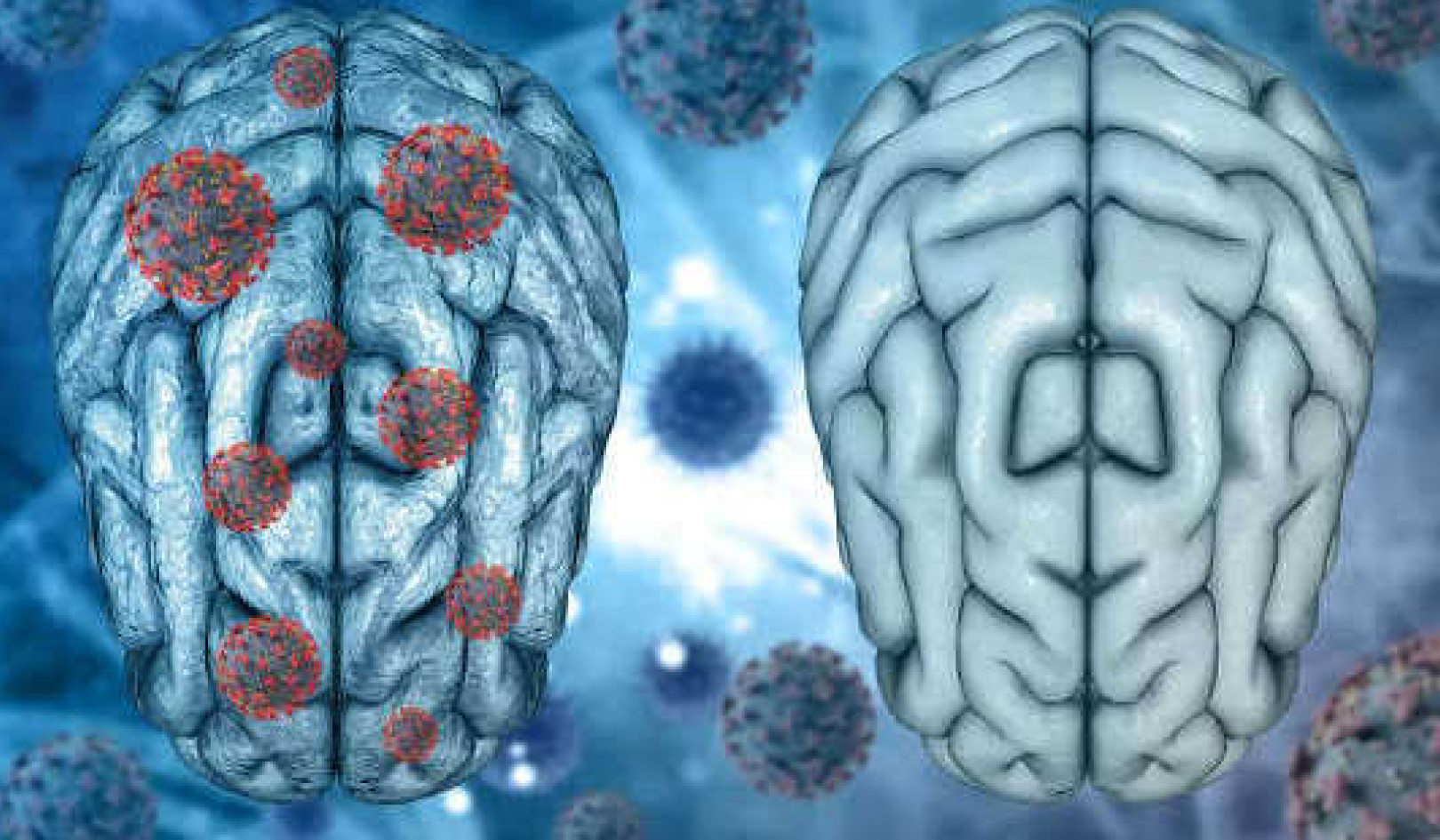
We actually need to eat more protein as we age. Monkey Business Images/ Shutterstock
Protein is an essential part of a healthy diet. It helps us build and maintain strong muscles and bones, helps us better recover from illness and injury, and reduces likelihood of falls and fractures. But, as we age, many of us don’t get enough protein in our diet. This is partly because our appetites diminish naturally as we get older. Convenience, effort, and value for money, are also reasons that older adults may not get enough protein.
However, protein is extremely important as we age. This is because our bodies become less able to convert the protein we eat into muscle and other important biological factors that help us better recover from illness and injury – so we actually need to eat more protein as we get older.
Here are five tips to help you get enough protein in your diet as you age.
1. Add sauces and seasonings
Research shows that the taste and flavour of high-protein foods can encourage older adults to consume more of them. And taste and flavour are easily added with sauces and seasoning.
In studies where we have offered older adults a hot chicken meal either with or without sauce or seasoning, we find more chicken was eaten from the meals with sauce or seasoning compared to plain meals. Meals with sauces and seasonings were also rated as more pleasant and tastier than the plain meals.
Adding sauces and seasonings to meals can increase the consumption of high-protein foods. Participants also subsequently ate equal amounts of protein at the next meal following flavoured meals and plain meals, meaning that their protein intake was increased overall.
2. Add cheese, nuts or seeds
Some foods that add flavours are naturally high in protein themselves. Good examples are strong cheeses – like blue cheese – as well as nuts and seeds.
As well as protein, cheese is full of calcium and other micronutrients, including Vitamins A, D and B12, which also help maintain strong bones. Cheese can be easily added to soups, salads, pasta or mashed potatoes.
Nuts and seeds can be added to breakfast cereals, salads and desserts such as yoghurts, and can provide an interesting texture as well as added flavour. Nuts and seeds are good sources of plant-based protein, and are also high in healthy fats, fibre, and many vitamins and minerals, and can reduce risk of many chronic conditions, such as cardiovascular disease and type 2 diabetes. However, nuts and seeds may not be suitable for everyone (as they can be difficult to chew), but cheese is soft and full of flavour.
3. Eat eggs for breakfast
Breakfast meals tend to be low in protein – so eating eggs for breakfast is one way to boost protein intake.
Our recent study found egg intake could be increased by providing people with recipes and herb or spice seasoning packets that increased the taste and flavour of eggs. We gave participants recipes that used both familiar and exotic ingredients, from a variety of countries, for dishes that required a range of preparation methods. Egg intakes increased after 12 weeks by 20%, and were sustained for a further 12 weeks in those who had received the recipes.
Eggs are a nutritious source of protein, and are typically easy to prepare and chew, good value for money and have a long shelf life. Egg dishes can also add taste and flavour to the diet. However, eggs may not be suitable for everyone (including those with certain diagnosed conditions), but for most people egg consumption is considered safe.
4. Make it easy
Try to make cooking as quick and easy as possible. Many types of fish are available that can be eaten directly from the pack, or simply need heating – such as smoked mackerel or tinned sardines. Fish is also full of many vitamins and minerals, as well as omega-3 fatty acids (which are present in oily fish like salmon) which is good for heart health. To allow easier and quicker cooking, purchase meat that is pre-cut, pre-prepared or pre-marinated, or fish that has been deboned and otherwise prepared, and then make use of your microwave. Fish can be very easily and quickly cooked in the microwave.
Beans, pulses and legumes are also easily bought in cans and ready-to-eat, and are all rich sources of protein for those who wish to consume a more plant-based diet. They also contain fibre and many vitamins and minerals, and can protect against many chronic conditions including cardiovascular disease, diabetes and some cancers.
5. Eat high-protein snacks
Many people reach for biscuits or a slice of cake at snack time, but try eating a high-protein snack instead next time. Many high-protein foods are already prepared and easy to consume. Some examples include yoghurts or dairy-based desserts – such as crème caramel or panna cotta. Yoghurts and other dairy-based desserts can offer many health benefits, including improved bone mineral density, as necessary for strong bones. Nuts, crackers with cheese, peanut butter, or hummus are also great choices.
Inadequate protein intake can result in poor health outcomes, including low muscle mass and function and decreased bone density and mass, leading to increased risk of falls, frailty, and loss of mobility. To avoid these harms, researchers currently recommend consuming 1.0-1.2g protein per kilogram of bodyweight for older adults compared to 0.8g of protein per kilogram of bodyweight for all adults.![]()
About the Authors
Katherine Appleton, Professor of Psychology, Bournemouth University and Emmy van den Heuvel, Lecturer of Psychology, Bournemouth University
This article is republished from The Conversation under a Creative Commons license. Read the original article.
Nutrition books on from Amazon's Best Sellers list
"The Blue Zones Kitchen: 100 Recipes to Live to 100"
by Dan Buettner
In this book, author Dan Buettner shares recipes from the world's "Blue Zones," regions where people live the longest and healthiest lives. The recipes are based on whole, unprocessed foods and emphasize vegetables, legumes, and whole grains. The book also includes tips for following a plant-based diet and living a healthy lifestyle.
Click for more info or to order
"Medical Medium Cleanse to Heal: Healing Plans for Sufferers of Anxiety, Depression, Acne, Eczema, Lyme, Gut Problems, Brain Fog, Weight Issues, Migraines, Bloating, Vertigo, Psoriasis, Cys"
by Anthony William
In this book, author Anthony William offers a comprehensive guide to cleansing and healing the body through nutrition. He provides evidence-based recommendations for foods to include and avoid, as well as meal plans and recipes to support the cleanse. The book also includes information on how to address specific health concerns through nutrition.
Click for more info or to order
"The Forks Over Knives Plan: How to Transition to the Life-Saving, Whole-Food, Plant-Based Diet"
by Alona Pulde and Matthew Lederman
In this book, authors Alona Pulde and Matthew Lederman offer a step-by-step guide to transitioning to a whole-food, plant-based diet. They provide evidence-based recommendations for nutrition, along with practical advice for shopping, meal planning, and preparation. The book also includes recipes and meal plans to support the transition.
Click for more info or to order
"The Plant Paradox: The Hidden Dangers in 'Healthy' Foods That Cause Disease and Weight Gain"
by Dr. Steven R. Gundry
In this book, Dr. Steven R. Gundry provides a controversial perspective on nutrition, arguing that many so-called "healthy" foods can actually be harmful to the body. He provides evidence-based recommendations for optimizing nutrition and avoiding these hidden dangers. The book also includes recipes and meal plans to help readers implement the Plant Paradox program.
Click for more info or to order
"The Whole30: The 30-Day Guide to Total Health and Food Freedom"
by Melissa Hartwig Urban and Dallas Hartwig
In this book, authors Melissa Hartwig Urban and Dallas Hartwig offer a comprehensive guide to the Whole30 program, a 30-day nutrition plan designed to promote health and wellness. The book provides information on the science behind the program, as well as practical advice for shopping, meal planning, and preparation. The book also includes recipes and meal plans to support the program.























